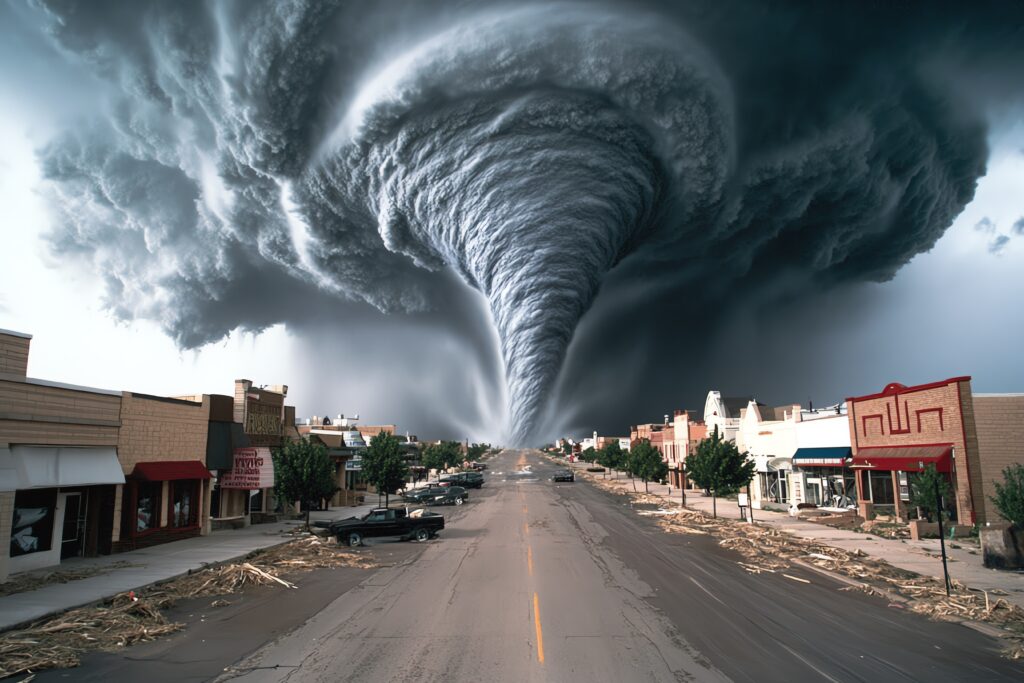Every Warning Means Danger, But Some Mean Immediate Action
When a tornado warning is issued, it’s easy to assume they all carry the same level of urgency. But not all tornado warnings are created equal. While every tornado warning should be taken seriously, some come with added language or classifications that indicate a higher level of danger. Knowing the difference can help you respond more quickly and appropriately when severe weather strikes.
Tornado Watch vs. Tornado Warning: The Basics
Before diving into the types of warnings, it’s important to understand the distinction between a tornado watch and a tornado warning.
A tornado watch means conditions are favorable for tornadoes to form. It doesn’t mean one has been spotted—just that you should stay alert and be ready to act if the situation escalates.
A tornado warning, on the other hand, means a tornado has been detected—either by radar or by a trained spotter. When a warning is issued, it’s time to take shelter immediately.
Types of Tornado Warnings: Standard vs. Emergency Language
Within tornado warnings, the National Weather Service (NWS) sometimes uses enhanced or “impact-based” language to communicate the seriousness of the threat. The goal is to distinguish between a standard warning and a particularly dangerous situation.
A standard tornado warning typically means radar has indicated rotation or a possible tornado, and there’s a threat to life and property in the warned area. You should always seek shelter when this type of warning is issued.
Then there’s the “tornado emergency.” This is the highest level of tornado warning, reserved for the most life-threatening situations. A tornado emergency means a large, violent tornado has been confirmed and is moving into a populated area. These are rare but extremely serious. The warning may include phrases like “catastrophic damage likely” or “this is a particularly dangerous situation,” signaling that immediate, decisive action is critical.
“Radar Indicated” vs. “Observed” Tornadoes
Tornado warnings also include details about how the tornado was detected. A “radar-indicated” tornado means forecasters have seen rotation or debris on radar that strongly suggests a tornado is occurring or imminent.
An “observed” tornado means someone on the ground—such as a trained storm spotter or emergency official—has visually confirmed a tornado. While both types are dangerous, a confirmed tornado leaves no doubt about the threat and should be treated with the highest level of urgency.
Why You Shouldn’t Wait for Visual Confirmation
Many people make the mistake of looking outside to “see the tornado” before taking cover. This can be a deadly decision, especially during nighttime storms, rain-wrapped tornadoes, or those hidden by terrain or trees. The warning itself is your signal to act—not what you can or can’t see out your window.
Some of the most deadly tornadoes occur at night or during low-visibility conditions. That’s why it’s essential to have multiple ways to receive warnings—such as a weather radio, mobile alerts, or a local news app—and to take action immediately when a warning is issued.
Know Your Plan Before a Warning Is Issued
Understanding the types of tornado warnings is important, but having a plan before severe weather hits is just as critical. Know where your safe shelter is, keep emergency supplies on hand, and make sure everyone in your household knows what to do when a warning sounds.
Warnings are issued to save lives—but it’s your response that makes the difference. Whether it’s a radar-indicated tornado or a full-blown tornado emergency, treating every warning with urgency gives you the best chance of staying safe when seconds count.


